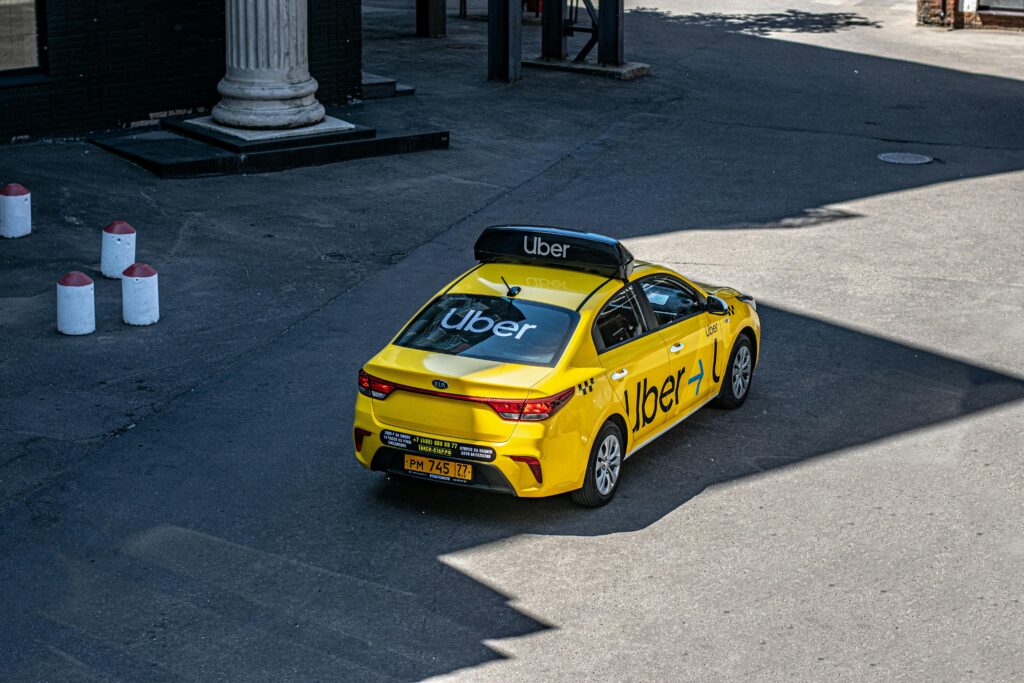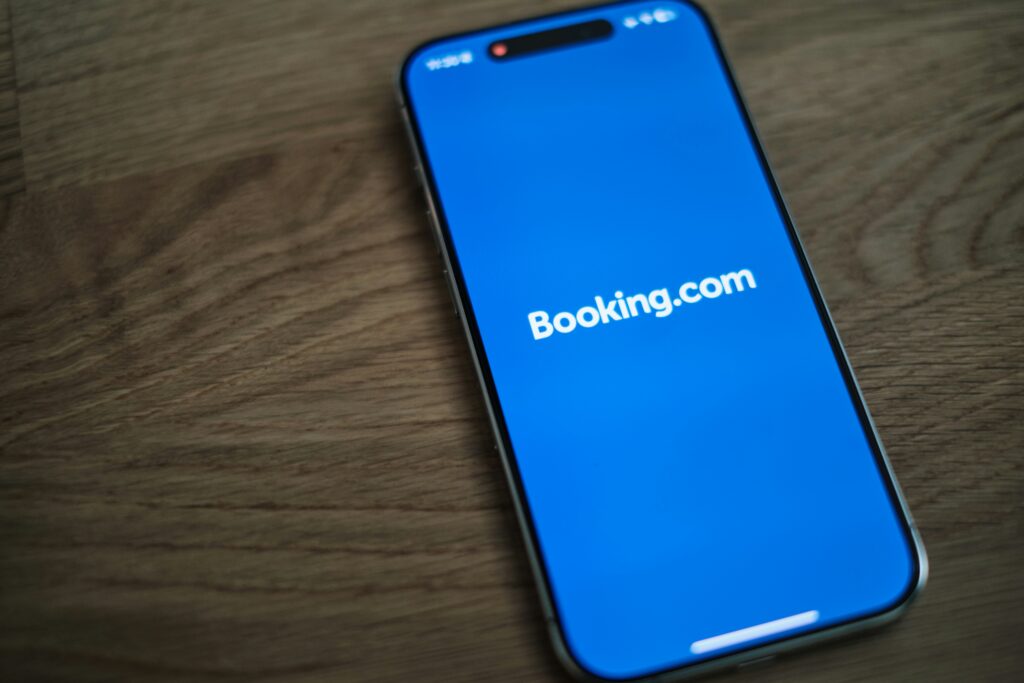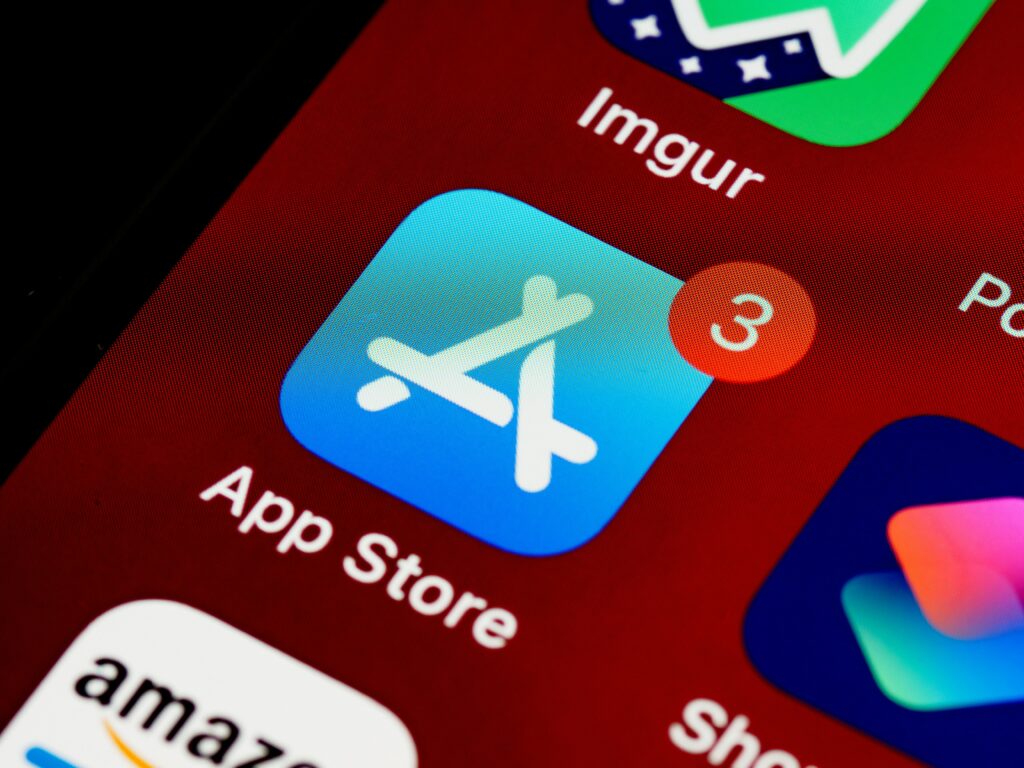The Role of Localisation in Driving International Business Growth: A Guide for Global Expansion
If you’ve ever dreamed of taking your brand global, you’ll quickly learn that success isn’t just about translation. It’s about a well-thought-out international business strategy that includes cultural adaptation and localisation. This approach is key to achieving global market expansion and sustained growth.
Localisation is the practice of adapting your product, content, services and payment methods so they feel native in every market. Done right, it’s not a cost; it’s a growth multiplier. It removes friction, earns trust, and turns a curious visitor into a loyal customer. It’s how brands like Netflix, Nike, Uber, and Booking.com have scaled globally without feeling foreign.
Let’s explore how the smartest global players have used localisation to win in new markets and how you can follow suit.
Local products for local tastes
The most iconic global brands don’t simply export their products. They tweak, repackage, or even rebuild them to fit cultural norms and consumer preferences. This is a crucial element of a successful market entry strategy.
Starbucks: Tailoring Global Coffee Culture to Local Tastes
Starbucks is a fine example of how localisation goes beyond beverages to cultural integration. Since launching its first international store in Tokyo in 1996, the brand has followed a multi-domestic strategy, treating each market as its own unique sphere. This helps Starbucks maintain a global identity while making local adjustments so the experience feels both familiar and fresh.
In India, the company partners with Tata Coffee and offers chai-infused drinks that align with local tastes. In Japan, matcha lattes sit alongside stores that feature traditional Japanese design. In China, Starbucks adapts not only its menu, with items such as red bean frappuccinos and zongzi for the Dragon Boat Festival, but also its store layouts and service style to match local customs (The Strategy Institute, Desklib)
Nike: A store that feels like home

In 2023, Nike launched a new retail concept in London called “Nike Rise”, a space designed to feel like a local community hub, not a global megastore. It offered sport-specific content based on local data, in-store services tailored to Londoners, and even promoted neighbourhood running clubs. This wasn’t just a store; it was an invitation to belong. Nike didn’t simply bring a US model to the UK; they created something that reflected how Londoners actually engage with sport.
By tailoring the in-store experience to local behaviours, Nike strengthened brand affinity and built a space people genuinely wanted to return to. It’s product localisation, in a physical form. This is a great example of a successful market growth strategy focused on customer experience and cultural sensitivity.
Let people pay how they want
Even if your product is perfect, people won’t buy it if they can’t pay for it the way they’re used to. Payment localisation is one of the fastest ways to boost conversion in a new market.
Uber: Saying yes to cash

In markets like India and Mexico, credit card penetration is low. When Uber first launched in these countries, uptake was sluggish because the app only accepted digital payments. But once Uber introduced the option to pay in cash, starting with a pilot in Hyderabad, it unlocked a massive new audience. In many of these markets, cash is still the dominant way to pay for transport. Uber’s flexibility allowed it to grow from a niche service to a mass-market option.
This wasn’t a technical tweak; it was a cultural one. Uber recognised that to win locally, it needed to adapt to how people actually live, not how Silicon Valley wished they did.
Stripe: Scaling local payments globally

If you’re an e-commerce business or SaaS company expanding internationally, integrating every local payment method one by one is a nightmare. That’s where platforms like Stripe step in, offering reliable payment gateways for seamless cross-border payments. Stripe supports more than 125 local payment methods, from iDEAL in the Netherlands to Boleto in Brazil, allowing businesses to offer “pay like a local” experiences without rebuilding their entire checkout system.
By offering the right payment methods per market, businesses reduce cart abandonment and increase trust. It’s a practical, scalable form of localisation that drives revenue directly.
Speak the language, build the trust
Language is one of the most obvious, yet most overlooked, barriers to international growth. It’s not just about translating your site; it’s about delivering your entire user experience in a way that feels clear, trustworthy, and helpful.
Booking.com: 24/7 in 45 Languages

Travel is stressful enough without having to guess what your booking confirmation says. That’s why Booking.com has invested heavily in content localisation and not just in site translations but also in multilingual customer support. Their support is available 24/7 in 45 languages, allowing travellers to resolve problems in their own words.
This level of service isn’t just nice to have; it’s commercially powerful. When users feel confident navigating your platform and resolving issues through customer support in their native language, it significantly improves the overall user experience (UX) and builds trust.
YouTube: Letting one video speak in many languages

In 2023, YouTube introduced multi-language audio tracks, allowing creators to upload a single video with multiple language options. Instead of uploading separate versions for cross-border viewers, creators can now offer the same content in multiple languages, which users can switch between on the fly.
This is localisation at scale. It gives users a personalised experience while keeping content management efficient for creators. For brands and influencers looking to grow their global audience, it’s a game-changer.
Get found where people search
If your product or app is invisible in local search, you won’t get very far. App Store Optimisation (ASO) and international SEO both benefit hugely from localisation.
App Store localisation: More than just translation

Apple and Google both offer detailed guidance for localising your app store listings through titles, descriptions, keywords, and screenshots. These aren’t vanity tweaks. They determine whether your app shows up in search results, whether users understand what it does, and whether they trust it enough to download.
Brands that localise their listings see significantly better conversion rates because they appear relevant and credible. It’s the same principle as having a local shop sign in the right language; it tells people, “this is for you.”
Practical steps to localise your growth strategy
If you’re looking to scale internationally, treat localisation as a strategic discipline, not an afterthought. Here’s how to start:
- Validate product-market fit locally: Look at where your product is already getting organic traction. Use data to identify regions where a localised push would land well.
- Adapt your product to local preferences: This could mean tweaking your features, packaging, or even branding to better fit cultural expectations.
- Offer local payment methods: Make it easy for people to pay the way they prefer. Whether that’s cash, bank transfers, or regional wallets.
- Localise discovery: Optimise your app store listings, website SEO, and platform content for local search terms, behaviours, and languages. This is the core of international SEO and app store optimisation.
- Support in local languages: Provide multilingual customer support and FAQs in the languages your users speak. It builds trust and reduces friction.
- Build local partnerships: Collaborate with local influencers, retailers, or sports teams just like Nike did with NFL outreach outside the USA, to embed your brand in the cultural fabric.
- Measure and iterate: Track performance by region. Test and optimise your localisation efforts just as you would a marketing funnel.
Localisation: A long-term growth habit
Localisation isn’t a box to tick once. It’s an ongoing practice that compounds over time. Each market you enter brings its own quirks, expectations, and opportunities. The more you adapt, the more you connect. And the more you connect, the faster you grow.
At AccuraCast, we specialise in building international growth strategies grounded in data and driven by cultural insight. Whether you’re expanding into one new country or twenty, we’ll help you localise your brand without losing what makes it unique.
Ready to take your product global, the right way? Talk to our team.
The post The Role of Localisation in Driving International Business Growth: A Guide for Global Expansion appeared first on AccuraCast.

